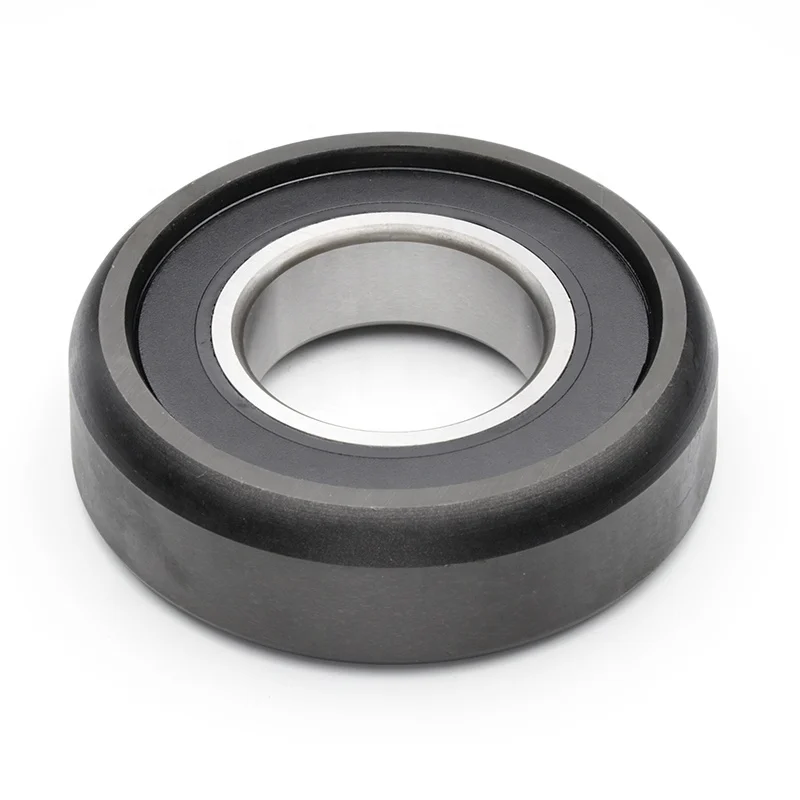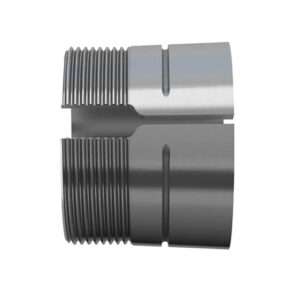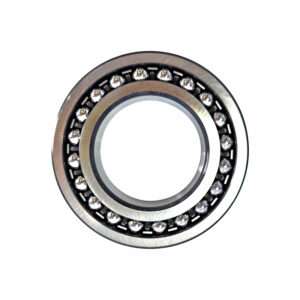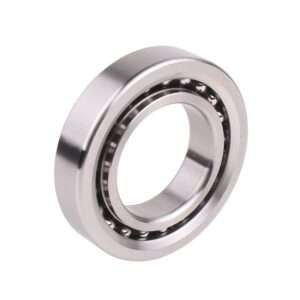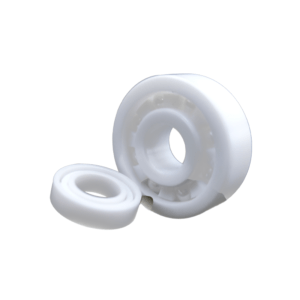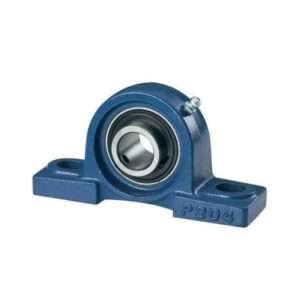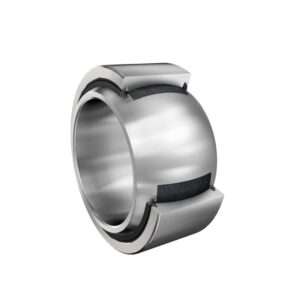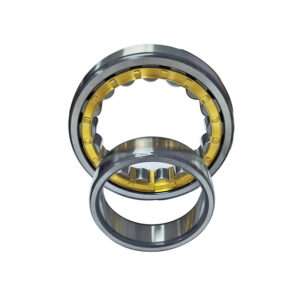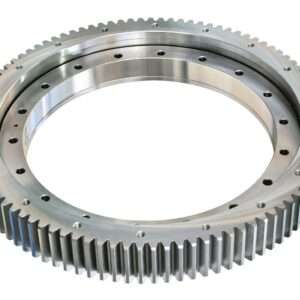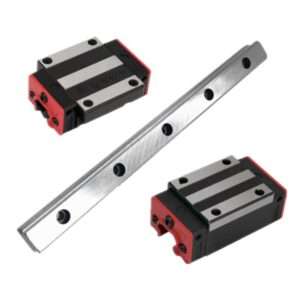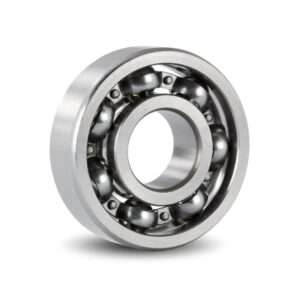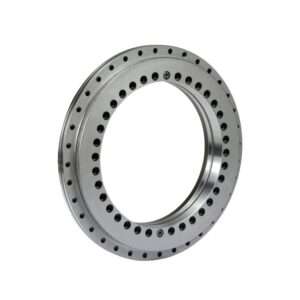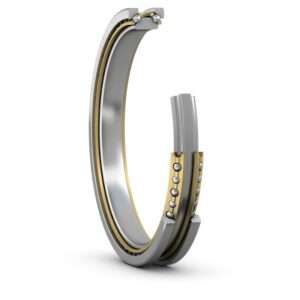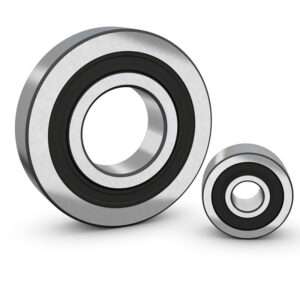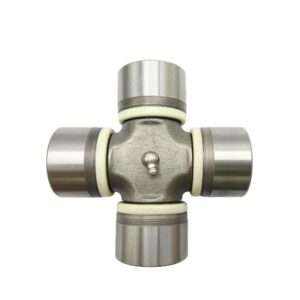Table of Contents
Categories
Signs Your Sleeve Bearings Need Replacement: What to Look Out For
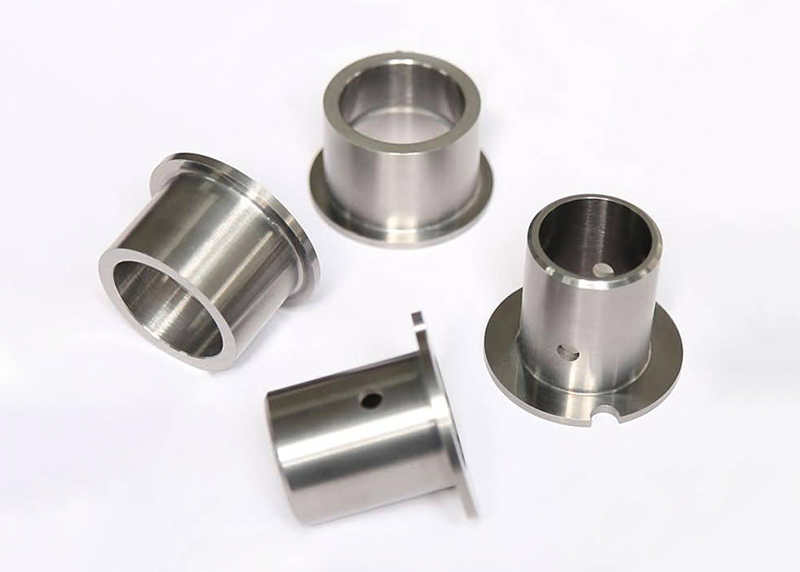
Introduction
Sleeve bearings, also known as bushings, are simple cylindrical components that reduce friction between rotating shafts and stationary supports. They’re widely used in various machines due to their cost-effectiveness and efficiency. Regular maintenance of sleeve bearings is crucial for ensuring the longevity and performance of machinery. Ignoring maintenance can lead to increased wear, unexpected breakdowns, and costly repairs. By keeping an eye on your sleeve bearings and addressing issues early, you can avoid major problems and keep your equipment running smoothly. Regular checks, proper lubrication, and timely replacements are key to maintaining their optimal function.
Understanding Sleeve Bearings
Common Causes of Sleeve Bearing Failure
Environmental Factors
Sleeve bearing failure can occur due to various environmental factors, often leading to costly repairs or replacements. Extreme temperatures, whether too hot or too cold, can degrade the material and affect lubrication effectiveness. Contaminants such as dirt, dust, or moisture can infiltrate the bearing, causing abrasion and corrosion over time. Even small particles can lead to significant damage if not properly addressed. Additionally, exposure to harsh chemicals or corrosive substances can accelerate wear and weaken the bearing structure. To mitigate these risks, regular cleaning and maintenance are essential, along with implementing protective measures such as seals or covers to shield the bearings from environmental hazards. By being proactive and addressing these factors, you can prolong the lifespan of your sleeve bearings and prevent costly downtime.
Operational Factors
Operational factors play a significant role in sleeve bearing failure and can result from various issues within the machinery. Overloading, putting excessive stress on the bearings beyond their capacity, can lead to accelerated wear and premature failure. Similarly, improper alignment of shafts can cause uneven distribution of load, causing localized pressure points that wear out the bearing faster. Inadequate lubrication is another common culprit, as it can lead to increased friction and heat generation, accelerating wear and causing the bearing to seize up. Regular maintenance, including proper lubrication and alignment checks, is crucial to prevent these operational issues and ensure the smooth functioning of sleeve bearings. By addressing these factors proactively, you can extend the lifespan of your bearings and minimize the risk of unexpected downtime.
Unusual Noises
- Types of Noises
Unusual noises are often a clear indicator that sleeve bearings need attention. The types of noises you might hear include grinding, squealing, or knocking sounds. Grinding typically indicates severe wear or contamination within the bearing, suggesting that debris or lack of lubrication is causing metal-to-metal contact. Squealing usually points to insufficient lubrication, where the bearing surfaces are rubbing together without the necessary oil film, leading to high-pitched sounds. Knocking or thumping noises can signal misalignment or excessive play within the bearing, where the shaft isn’t seated properly or is moving erratically.
- Noise Diagnosis
Operational factors contributing to these noises include overloading, which puts extra stress on the bearings, and misalignment, causing uneven load distribution. Additionally, poor maintenance practices, such as neglecting regular lubrication schedules or using the wrong type of lubricant, can exacerbate these issues. To address these noises, it’s essential to conduct a thorough inspection to identify the root cause. This might involve checking for proper alignment, ensuring the bearings are adequately lubricated, and looking for any signs of wear or contamination. Taking prompt action can prevent further damage and extend the life of your sleeve bearings.
Increased Vibration
Increased vibration in machinery can be a warning sign of underlying issues with sleeve bearings. Vibration analysis involves monitoring the amplitude and frequency of vibrations to detect any abnormalities. Excessive vibration can indicate various problems, such as misalignment, imbalance, or bearing wear. By conducting regular vibration analysis, technicians can identify potential issues early on and take corrective action before they escalate into major problems.
The impact of increased vibration on machinery can be significant. It can accelerate wear and tear on components, leading to premature failure and costly repairs. High levels of vibration can also affect the overall performance and efficiency of the equipment, resulting in decreased productivity and increased energy consumption. Additionally, excessive vibration can cause discomfort for operators and potentially pose safety risks if left unaddressed.
To mitigate the effects of increased vibration, it’s essential to address the underlying causes promptly. This may involve realigning shafts, balancing rotating components, or replacing worn sleeve bearings. Regular maintenance, including lubrication and inspection, is also crucial for preventing vibration-related issues. By prioritizing vibration analysis and maintenance, businesses can ensure the smooth and reliable operation of their machinery while minimizing downtime and repair costs.

Visible Wear and Tear
- Inspecting the Bearings
Visible wear and tear on sleeve bearings is a clear sign that they may need replacement. During inspections, look for signs like scoring, pitting, or discoloration on the bearing surface. These indicators suggest that the bearing has been subjected to excessive friction or contamination. Additionally, check for any deformation or cracks, as these can compromise the bearing’s structural integrity.Comparing the used bearing with a new one can help highlight the extent of wear. A worn bearing may have a rough, uneven surface, whereas a new bearing will be smooth and uniform. Regularly inspecting your bearings and identifying wear early can prevent more severe damage and costly downtime. By staying vigilant, you can ensure your machinery continues to run smoothly and efficiently.
- Comparison with New Bearings
Comparing worn sleeve bearings with new ones can quickly reveal the extent of wear and tear. A new bearing typically has a smooth, flawless surface and precise dimensions. In contrast, a worn bearing may show roughness, grooves, or even slight deformations. These signs of wear can impact the bearing’s performance and lead to increased friction and heat.By placing a used bearing next to a new one, the differences become more apparent. The worn bearing might have visible scratches, discoloration, or pitting that are absent in the new bearing. This comparison helps in assessing the need for replacement. Regularly making these comparisons can ensure timely maintenance, preventing unexpected breakdowns and keeping your machinery running efficiently.
Excessive Lubricant Leakage
Excessive lubricant leakage from sleeve bearings can indicate various underlying issues that need attention. Common causes of leakage include seal damage, overfilling of lubricant reservoirs, or excessive pressure within the bearing housing. Damaged seals can allow lubricant to escape, leading to leaks and potential contamination of surrounding components. Overfilling the lubricant reservoir can result in overflow, causing leakage and creating a mess. Additionally, excessive pressure buildup within the bearing housing can force lubricant out through seals or gaps, leading to leakage.
Detecting lubricant leakage requires regular inspection and monitoring. Visual inspection of the bearing housing and surrounding areas can reveal signs of oil or grease accumulation. Additionally, checking for oil stains or wet spots around the bearings can indicate leakage. Monitoring lubricant levels and pressure within the bearing housing can also help identify potential issues early on. By addressing the causes of excessive lubricant leakage promptly, you can prevent damage to the bearings and ensure smooth operation of your machinery.
Increased Operating Temperature
Monitoring the operating temperature of sleeve bearings is crucial for detecting potential issues early on. An increase in temperature beyond normal operating range can indicate problems such as insufficient lubrication, excessive friction, or bearing misalignment. Insufficient lubrication leads to increased friction between the bearing surfaces, generating heat and causing the temperature to rise. Similarly, misalignment can create uneven load distribution, resulting in localized friction and heat buildup. Other factors contributing to temperature rise include overloading the bearings beyond their capacity and exposure to high ambient temperatures.
To monitor temperature, technicians often use infrared thermometers or temperature sensors installed near the bearings. Regular temperature checks during operation can help identify abnormal temperature spikes and prompt further investigation. Addressing the root causes of increased operating temperature, such as ensuring proper lubrication and alignment, is essential to prevent further damage and maintain the optimal performance of sleeve bearings. By monitoring temperature and taking proactive measures, you can avoid costly repairs and downtime associated with bearing failure.
Regular Maintenance Checks
Regular maintenance checks are essential for ensuring the optimal performance and longevity of sleeve bearings. Scheduled inspections involve conducting thorough assessments of the bearings at predetermined intervals. These inspections typically include visual examinations for signs of wear and tear, as well as checks for proper lubrication and alignment. By scheduling regular inspections, potential issues can be identified early on, allowing for timely intervention and preventive measures to be implemented.
In addition to scheduled inspections, predictive maintenance tools can also be employed to monitor the condition of sleeve bearings. These tools include vibration analysis equipment, thermal imaging cameras, and condition monitoring sensors. Vibration analysis helps detect abnormal vibration patterns that may indicate bearing wear or misalignment, while thermal imaging can identify hotspots indicative of friction or overheating. Condition monitoring sensors provide real-time data on bearing performance, allowing for proactive maintenance actions to be taken before issues escalate.
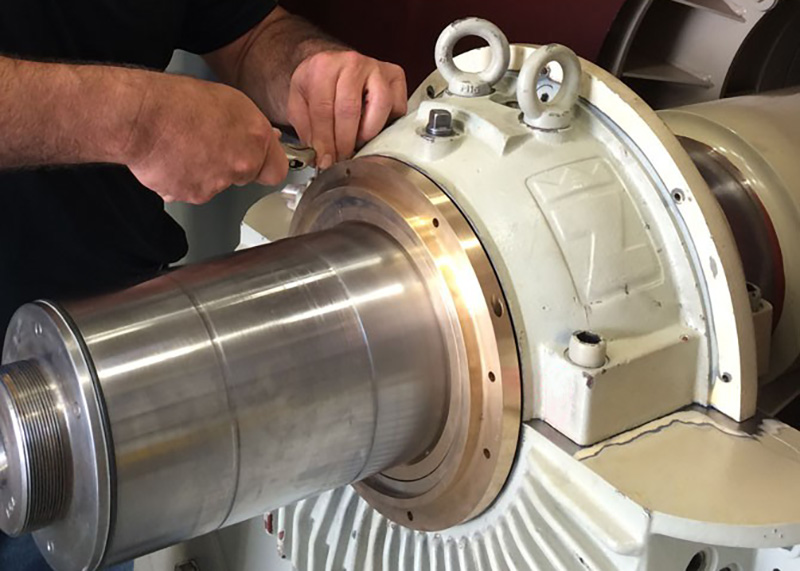
Preventive Measures
Implementing preventive measures is crucial for maintaining the health and longevity of sleeve bearings. Proper lubrication practices involve using the right type and amount of lubricant to ensure smooth operation and minimize friction. Regularly lubricating bearings according to manufacturer recommendations helps prevent premature wear and extends their lifespan. Additionally, establishing a lubrication schedule and monitoring lubricant levels can ensure consistent performance.
Environmental control is another important aspect of preventive maintenance for sleeve bearings. Keeping the operating environment clean and free of contaminants helps prevent debris from entering the bearings and causing damage. Implementing measures such as installing seals or covers can help protect bearings from exposure to dust, dirt, and moisture. Controlling temperature and humidity levels within the operating environment also helps prevent corrosion and extends the life of sleeve bearings. By prioritizing proper lubrication practices and environmental control measures, businesses can minimize the risk of bearing failure and ensure the reliable operation of their machinery.
Conclusion
In conclusion, sleeve bearings are vital components in machinery, providing low-friction support for rotating shafts. Regular maintenance is crucial to ensure their optimal performance and longevity. Key maintenance practices include proper lubrication, regular inspections, and addressing environmental and operational factors that can lead to wear and failure. Monitoring for unusual noises, increased vibration, and temperature changes, as well as inspecting for visible wear and excessive lubricant leakage, helps identify issues early. By implementing preventive measures and conducting regular maintenance checks, businesses can avoid costly repairs and downtime, ensuring smooth and efficient operation of their equipment.
References
- 1.”Sleeve Bearing Lubrication” from Machinery Lubrication;
- 2. “Sleeve bearings: The Ultimate Guide” from Bushing MFG;
- 3. “Sleeve Bearing Failure Modes and Their Causes” from Blogger.com.
Related Posts
sensor bearings
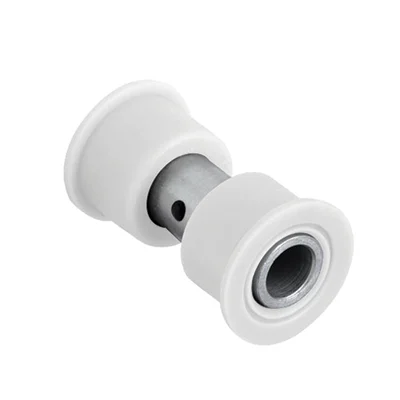
Delrin Bearings: Lubrication-Free Long Life
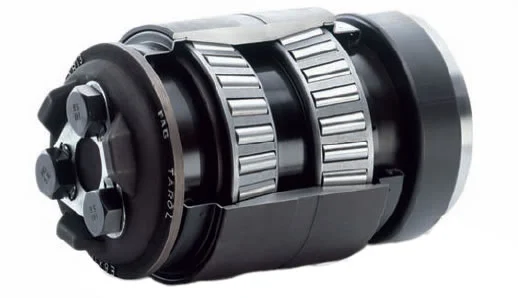
Locomotive Bearing Specs That Matter Most
